Building a Stronger, More Flexible Back with Yoga
Backbends might seem daunting at first, but they are transformative postures that enhance flexibility, strength, and posture. Whether you’re easing into yoga with a stiff back or aiming to deepen your practice, this guide will walk you through the essentials of safely incorporating backbends into your routine.
My Journey with Backbends
I embarked on my backbend journey by joining a yoga class at a local studio. The instructor suggested a backbend-focused session, and despite the advanced practitioners around me, I felt welcomed. Every student received personalized attention, with variations tailored to different levels of experience.
One crucial lesson I learned was the importance of counterposes. Balancing deep backbends with forward folds, like hugging knees to the chest, kept my body resilient and injury-free. That practice became the foundation of my progress, and I hope it inspires yours too!
- Preparing Your Body: The Warm-Up Essentials
A solid warm-up prepares your body for backbends, reducing injury risk and enhancing mobility. Here’s what you can include:
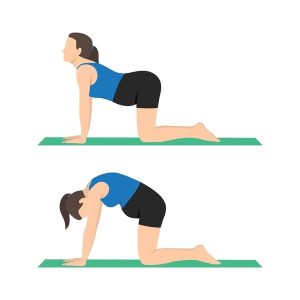
🌿 Cat-Cow Stretch This dynamic stretch awakens the spine.
• Inhale, arch your back (Cow Pose). Exhale, round your spine (Cat Pose).
• Repeat 8–10 times.
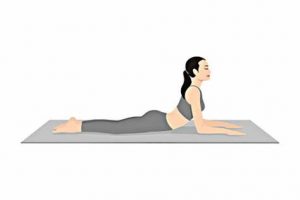 🌿 Sphinx Pose A gentle way to open the chest and spine.
🌿 Sphinx Pose A gentle way to open the chest and spine.
• Lie on your stomach, place forearms on the mat, and lift your chest slightly.
• Hold for 30 seconds.
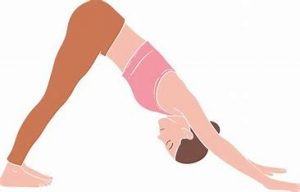 🌿 Downward Dog Stretches your spine, hamstrings, and shoulders.
🌿 Downward Dog Stretches your spine, hamstrings, and shoulders.
• If needed, keep your knees slightly bent to focus on the upper back.
• Hold for 1 min.
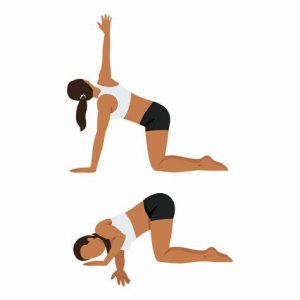
🌿 Thread the Needle Pose to loosens shoulders for deeper backbends.
• Lunges: Open the hip flexors, making it easier to extend your spine.
• Repeat 8–10 times.
- Beginner-Friendly Backbends to Try
After warming up, start with these accessible backbends:
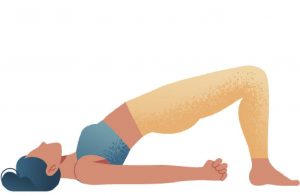 🌿 Bridge Pose Strengthens your back, glutes, and legs, an ideal foundation for backbends.
🌿 Bridge Pose Strengthens your back, glutes, and legs, an ideal foundation for backbends.
• Lie on your back, bend your knees, and plant feet hip-width apart.
• Press your arms into the mat and lift your hips gently.
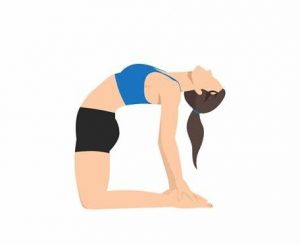
🌿 Camel Pose Opens your chest, shoulders, and hip flexors.
• Kneel on the mat, place hands on your lower back, and lean back slowly while lifting your chest.
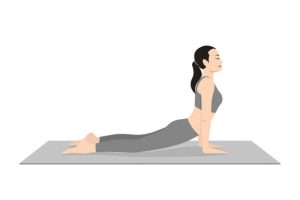
🌿 Cobra Pose A gentle stretch for your lower back.
• Lie on your stomach, place hands under shoulders, and lift your chest softly.
Feeling adventurous? Once you’re comfortable, challenge yourself with the Wheel Pose.
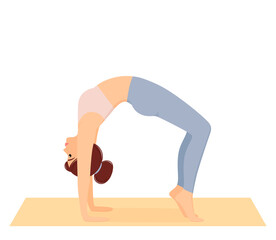
- Tips for a Safe and Rewarding Practice
✅ Breathe Through the Pose Your breath guides your body—inhale to lengthen, exhale to deepen. Keep your breath smooth and relaxed.
✅ Engage Core & Legs Don’t rely solely on your back. Engage your core and legs to support your spine and prevent strain.
✅ Balance with Counterposes Always neutralize your spine with forward folds, like Child’s Pose, after backbends. This maintains flexibility and avoids discomfort.
✅ Patience is Key Progress takes time. Listen to your body, practice consistently, and enjoy the journey.
Final Thoughts: Embrace the Backbend Journey
Backbends not only improve physical strength and flexibility but also build confidence and resilience. Take it one step at a time, stay mindful of your body, and celebrate each milestone along the way.
What has been your biggest challenge or triumph in backbends? I’d love to hear your thoughts! 💛
Previous post – Unlocking Strength and Flexibility: My Yoga Journey with Backbends – Major Online Business and Marketing
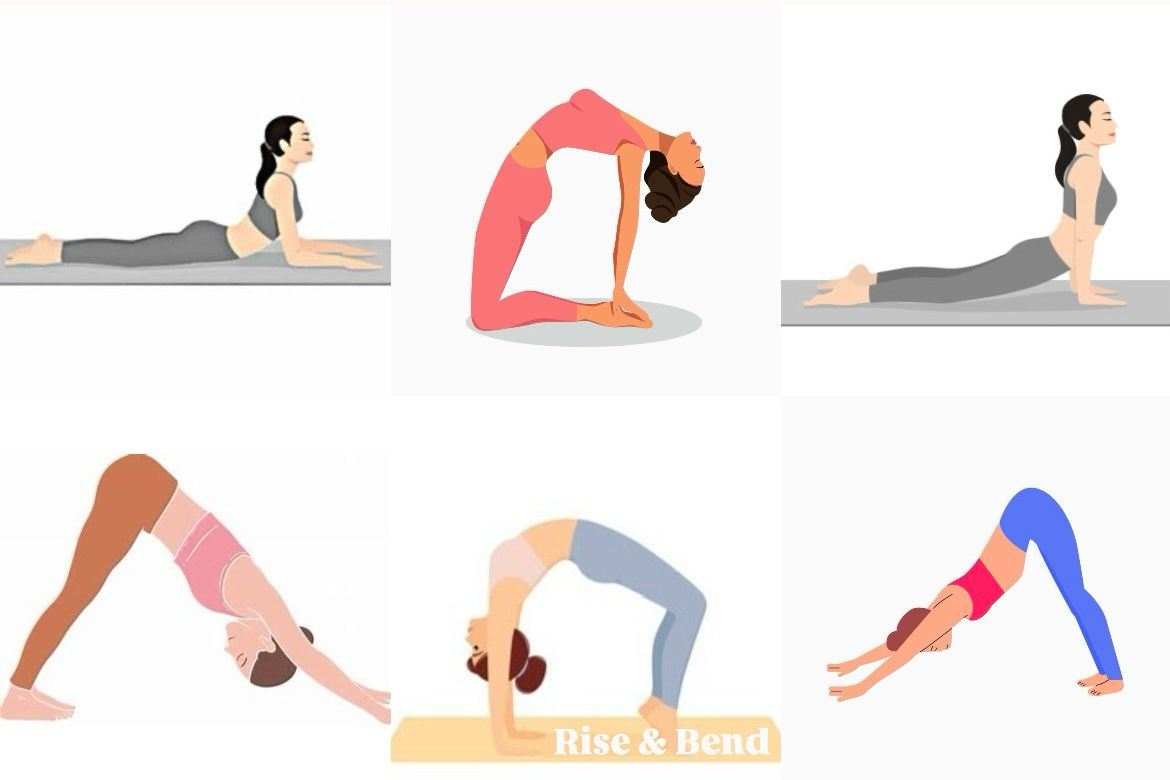



Great
Really helpful! Thank you Michelle
Great post! Beginner Yoga is an easy and effective way to treat and strengthen the back. Thank you for sharing
Wow, Michelle! Thanks so much. I’m a beginner in yoga, and these tips will be super helpful for me.🧘🏻♀️🙌🏼
Great post 🙂↔️
Hi Michelle! What a nice post. It’s been a while since I rolled out my yoga mat. Your post reminded me how amazing a good back stretch feels—I’m inspired to get moving again!🌿
It‘s some time since I rolled out my yoga mat. Your blog is a hint to think about it again!